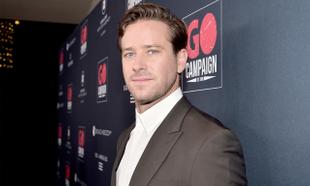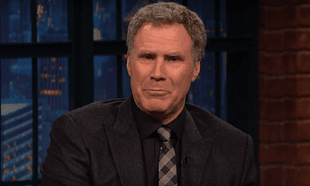NFL Chairman Roger Goodell was forced into action on Monday after a video showing former Baltimore Ravens star Ray Rice knocking his girlfriend unconscious in a lift shocked the American public, and the world.
The question that stands out, however, is why this took so long. When the original video appeared, it showed the pair arguing and entering the lift together, then Rice dragging his then-fiancée (now wife) Janay Palmer out of the elevator unconscious. The felony assault charge against Rice was dropped, but that footage was shocking enough for the world’s media to focus on the events.
The subsequent footage that was released earlier this week by TMZ is horrific, there’s no doubt, but what makes seeing it in front of us more horrific than the actual act itself?
Why did it take that short video for the NFL to finally act in proportion to the crime, both Goodell as Commissioner and the Ravens as a franchise (who had stood behind Rice up to that point) instead of acting earlier?
Somewhere along the line there seems to be a disparity between what the NFL are saying and what the media are saying. The organisation claim they asked for but were never given the video, while TMZ claim that an employee of the now closed hotel said they did see the video. Either way, the NFL sat down with Rice and Palmer, he agreed to counselling and surely the issue of what happened inside the elevator came up.
Realistically there is no way that Rice could explain it away, the evidence (even if the NFL are telling the truth) was pretty damning without seeing what happened inside the elevator. People are calling for heads to roll and while that is a very real possibility, there is a larger issue that seems to be getting ignored amongst all the clamour for someone to pay for what happened.
The suspension is not the problem, the fact that the league had to face such negative publicity before they acted is not the issue: the crime itself is.
During every off-season, the number of players arrested and charged with some form of violent conduct or crime in the NFL is too high. One rarely hears of anything like this in the Premier League and you could imagine the uproar if it did happen: the biggest issue recently was the fact that Luis Suarez bit someone on the field, and the football world came down heavily on him. Frankly, one step out of line is too many, but as an example, last year a player for the New England Patriots, Aaron Hernandez was arrested on a murder charge, and it later turned out that there were two further cases that he had been suspected of in the past.
By comparison, Josh Gordon, a wide-receiver for the Cleveland Browns was hit with a year-long suspension when one of his samples failed a marijuana test. Now, in reality, you have to fail a few before they suspend you, but the one test that pushed him over the line was marginal. A fail is a fail, but statistically there is no set amount of games that a player will serve for running into trouble with the law, while there is for a violation of the performance enhancing drug policy. The concern from the top level down is not with a player’s conduct, but with his on-field abilities.
When their careers end, players are often tossed aside with a few years of healthcare given to them to tide them over for the immediate period after their time in the limelight has ended. Many of the stars that they bring through are given the best of the best in high-school, in college, and later in the league itself. The most advanced facilities are given to them to train their bodies, the best research when it comes to nutrition and supplementation is made available to them to improve their on-field performance, but what of their mental health, what of them as people, rather than a money-making commodity?

It is a violent game that requires violent people to play it. Still, the arrest rate is below the national norm: between 2000-2013, 573 NFL players were arrested for more serious crimes than speeding, a rate of 1 in 45. FBI stats show that for all arrests the stat is 1 in 23 across the nation. That stat doesn’t tell the whole story either.
NFL stars come from diverse backgrounds; some come from troubled, poorer neighbourhoods where crime is commonplace, and are then given the ‘golden ticket’ based on their ability to run, throw or catch a football. Their main concern therefore is getting results on the field, and growing as an athlete.
The NFL constantly talks about defending ‘the shield’ (the brand), representing ‘the shield’, but when it does so, it’s mostly talk. Their actions after the fact speak louder than their words of advice before it. When it comes to mental health, the league seems to not notice that there is a huge stress on players both mentally and physically, both on and off the field, that they face the possibility of suffering one bad injury and then it's all over, that they are thrown into a world they know nothing about when many of them come from the polar opposite. Until they are able to get players to deal with that side of themselves, then they won't have solved their real problem.
It is important to understand that the NFL not be judged by the acts of Ray Rice or the acts of Aaron Hernandez, or even Josh Gordon, nor that this piece be misunderstood as attempting to place the blame for Rice's actions anywhere but at his own doorstep. There are players who do wonderful, amazing things with all sorts of charities, that lead happy lives at home and dedicate their efforts to doing something good with the media attention that they have for that short time. That is a standard that the league should hold, but rather than simply expecting their players to all reach it, they should give them enough guidance and help to be able to do so. The real failure of the NFL and the teams in all these cases and incidents comes years before they actually take place.








































































